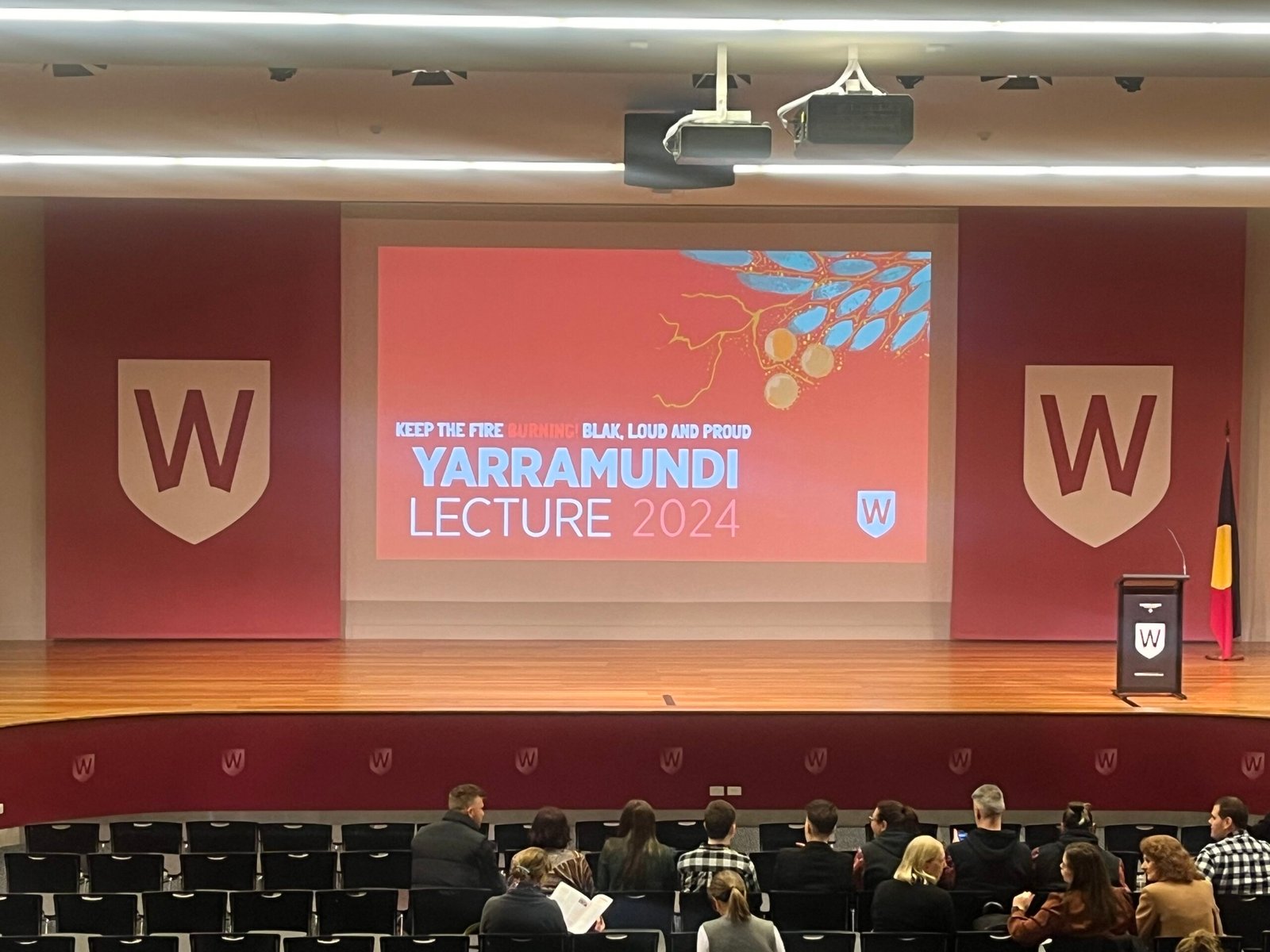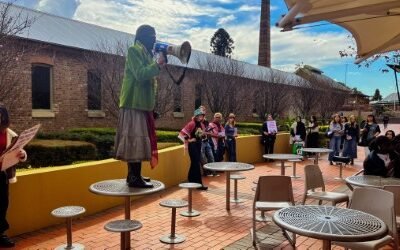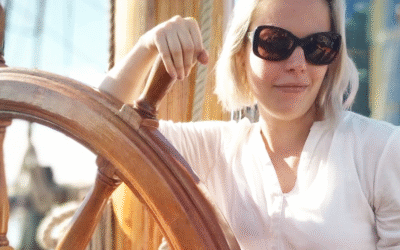The theme for NAIDOC Week 2024 was Blak, Loud and Proud: Keep the Fire Burning. At Western Sydney University’s (WSU) Parramatta South Campus the Yarramundi Lectures explored the importance of the Indigenous community at Western Sydney University (WSU). The Yarramundi Lecture has reached its 26th year at WSU, working to build community and recognition of Indigenous Peoples within Western Sydney.
Professor Michelle Trudgett, from the Wiradjuri Nation in New South Wales (NSW) and Deputy Vice-Chancellor and Vice President of Indigenous Leadership, describes that positive change will require incorporating Indigenous ways of knowing, being, and doing. She stated, “I honestly believe that we have the best Indigenous staff and students of any university in Australia.”
The most significant development for WSU soon future is the creation of the Indigenous Centre for Excellence. The new building on Darug land at Parramatta South Campus will be completed by 2026 and designed with Country and Indigenous Culture at the root of its conception. This centre has three key aims listed by WSU:
- To reconnect to the energies, flows, and practices of Country.
- For Country to have authorship in the design, with mangroves as composers.
- Improve the health and well-being of Country.
Country (capital C) should be defined not only as the physical land of Australia but defined at the Yarramundi Lecture by Dr Danièle Hromek, a Saltwater woman of Budawang, Dhurga, Yuin, Burrier and Dharawal ancestry and the first Indigenous person in Australia to achieve a Doctorate in Philosophy (PhD) specialising in spatial disciplines. “Country is holistic, living, sentient. Country, for First Peoples, relates not only to the cultural group and land to which they belong but also their place of origin in cultural, spiritual, and literal terms. Country incorporates the tangible and intangible, knowledges and cultural practices, identity and reciprocal relationships, belonging and wellbeing”.
Spatial equity is an undeniable need when reconnecting Indigenous spaces. Hromek says that “equity recognises that we do not all start from the same place and must acknowledge and make ongoing adjustments to imbalances”. Australia’s modern architecture began with colonising the Country and its People and how the British believed the land was empty and free to conquer. The ongoing development of cities, urban areas and refined spaces from colonialist ideals further separates Indigenous People from Country.
A key ambition of the Indigenous Centre for Excellence is to create an Indigenous space. Hromek defines an Indigenous space as “a space where Indigenous Peoples can go to just be Indigenous, for free.” Hromek states that spaces such as this are severely lacking in Sydney, as modern architecture does not connect with its natural environment. Even parks or seemingly natural areas are groomed to fit an ideal that does not reflect the country’s roots as she said, “You might be able to touch grass, but it is usually invasive grass”.
Sarah Lynn Rees from the Plangermaireener and Trawlwoolway people and architect for the Indigenous Centre of Excellence went into depth about the design of the building. She said the first intention of the Indigenous Centre of Excellence is to reconnect to the energies, flows, and practices of Country. Rees’s curved building design has been developed to allow the flow of energy, combining indoor and outdoor spaces by letting in light and creating native garden areas to be inhabited by both humans and animals seeking a space to live.
The second intention set for the Indigenous Centre of Excellence is “For Country to have authorship in the design, with mangroves as composers.” Rees shared, “We came to this position of mangroves as composers by walking Country and spending a lot of time walking around the campus and the fringes of the campus and falling in love, to use Daniele’s phrasing, with a part of country, which was the mangroves at the confluence of Parramatta River and Vinyard Creek.”
The Indigenous Centre of Excellence’s third and final intention is to “Improve the health and well-being of the Country.” This ties in with the need to replenish the natural environment and create a space where animals can return, plants and natural features can regrow, and people can reconnect with a natural environment in an urban area.
The development of this space within Parramatta ties with the theme of this NAIDOC week, Blak, Loud and Proud: Keep the Fire Burning. WSU and the many Indigenous leaders within the university all aim to create a place where Indigenous people can reconnect with nature and develop the skills already offered by Badanami Centre for Indigenous Education at WSU. Badanami offers mentoring programs that include academic support and connection to the Indigenous Community in Western Sydney. In 2026 the Centre will be open to the public and will become integral to Parramatta’s community.



